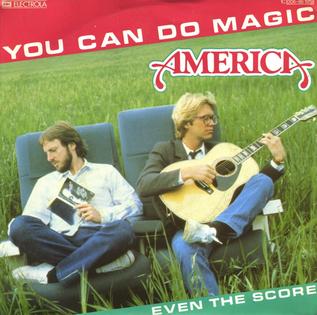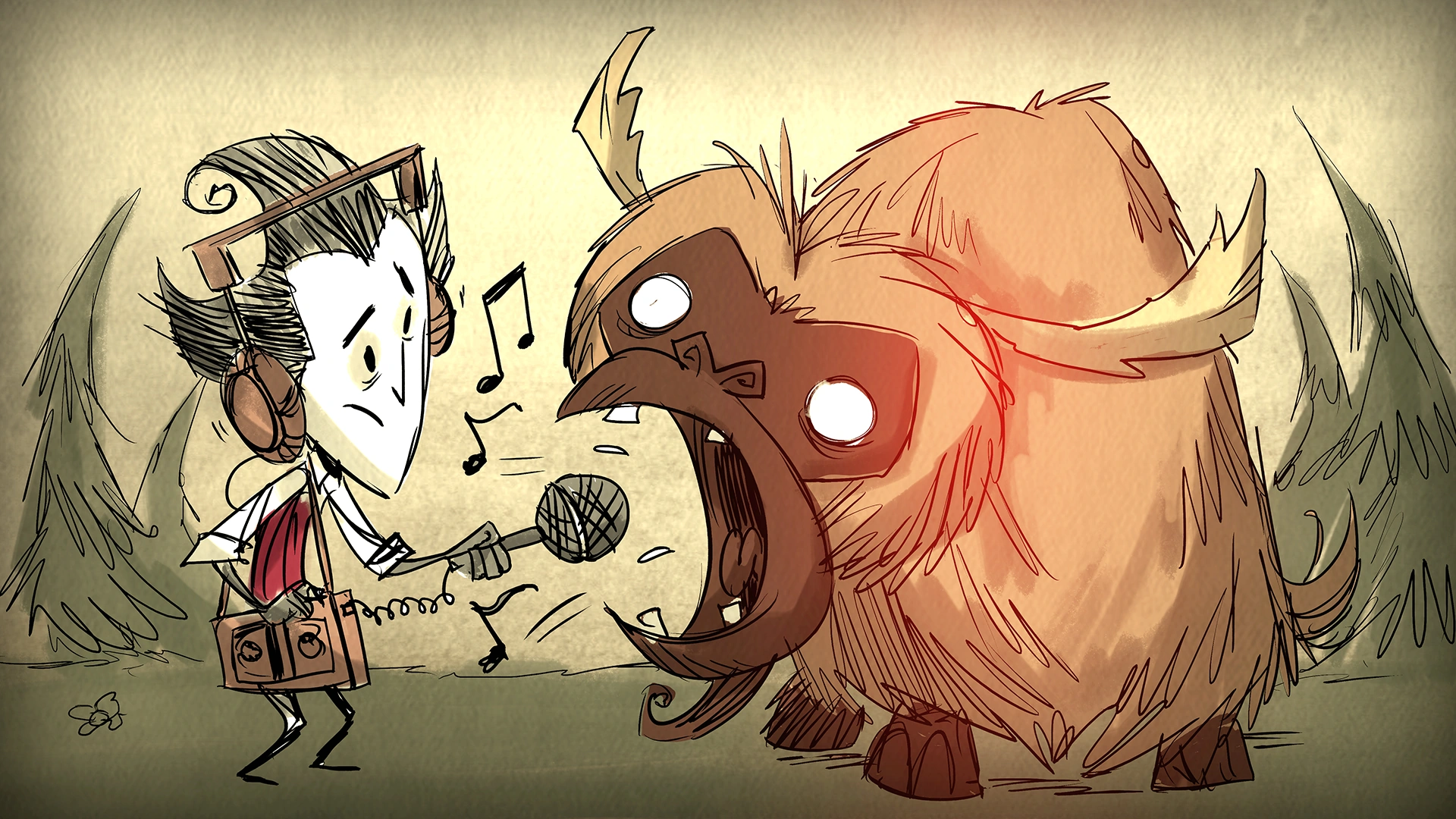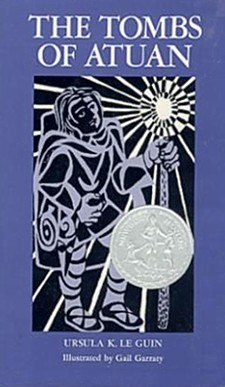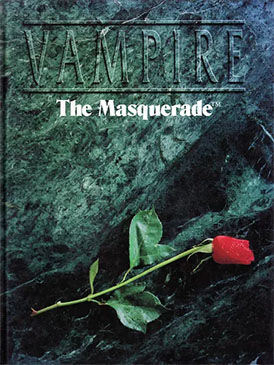Happy Holidays!
This week, I wanted to give a shout out to arguably the most epic (in several senses of the word) movie of all time, "Ben-Hur":
This week, I wanted to give a shout out to arguably the most epic (in several senses of the word) movie of all time, "Ben-Hur":
A remake of the 1925 silent film of the same name, which in turn was adapted from General Lew Wallace's 1880 novel, Ben-Hur is an inspirational tale of betrayal, torment, vengeance and redemption. A sweeping historical drama that also manages to be intensely personal (director William Wyler dubbed the movie "Hollywood's first intimate spectacle"), the film successfully combines period drama, action, politics, and romance.
Messala is eager to use his friendship with Judah to cement Roman authority, only to be rebuffed. Later, the tables are turned after Judah's sister accidentally injures the governor and the spurned Messala sentences Judah to slavery on a galley and his sister and mother to the dungeon. En route to the gallery, Judah nearly dies of thirst after being denied water by a cruel guard when a young carpenter gives the new slave a drink and stares down the guard.
After a twist of fate leads to Judah's freedom, he returns home and, believing his sister and mother are dead, challenges Messala to a brutal chariot race, where anything goes, including allowing the Roman to ride a scythed chariot! The tribune's attempt to carve up Judah goes poorly and he ends up trampled to death by another racer. However, before passing, Messala smugly tells Judah that "the race is not over" and informs him that his sister and mother are not dead, but rather lepers.
Judah brings his sister and mother to Jerusalem to see a young rabbi preaching peace, only to find that 1) the rabbi has been sentenced to crucifixion and 2) he is the man who gave Judah water years before. Judah witnesses the crucifixion, learning to let go of his hate, while his sister and mother miraculously healed.
This is a monumental (in several senses of the word) film! Not just worthy successor to the 1925 film, Ben-Hur was an enormous financial and critical success, the highest-grossing movie of the year that won a record 11 Academy Awards (Titanic (1997), tied the record nearly 40 years later)!
Intelligent, engaging, exciting, and dramatic, Ben-Hur has stood the test of time as a landmark film. In the classic style, there's both an overture and an intermission, breaking up the running time of 212 minutes. However, the movie never drags yet still allows scenes time to breathe.
Miklós Rózsa composed the longest ever film score, which remains influential. However, there's no music in the dramatic parts (e.g., leprosy), relying on the strength of the acting and allowing the audience to reach their own conclusions, whereas a lesser film would use musical cues to tell the audience what to feel.
Ben-Hur also successfully treads a fine line. The movie deals with intensely Christian subject matter, but director William Wyler succeeds in making a film that appeal to anyone. Additionally, Wyler used Jesus sparingly and didn't show the face or voice of the messiah, only other people's reactions. This allows the viewer's imagination to fill in the rest.
 |
| Ramming speed! |
With MGM facing bankruptcy, the studio bet the house on this film! This was most expensive movie in history at the time, with a final production budget of over $15 million (more than double what was planned). It featured more crew and extras than any other film before it - over 10,000 extras alone for the stunning chariot race sequence.
MGM built over 300 sets (some of which took more than a year to complete), including the 2000 foot long Circus (i.e., racing stadium) and filled it with thousands of costumed extras, giving the film a verisimilitude that CGI simply cannot match.
Additionally, Ben-Hur was shot in 65mm, cutting edge technology for the time. These wide shots, combined with the restrained use of close ups, added to the epic feel while also revealing a huge amount of detail, adding to the sense of realism. The film also featured graphic violence for the time (e.g, dismemberment, trampled to death by horses, etc.)
It was a grueling shoot. By the end of the production more than 1,000,000 pounds of plaster and 40,000 cubic feet of lumber were used. With the fate of the studio on the line, producer Sam Zimbalist died of a heart attack from the constant and mounting pressure.
So, if you want to see thoughtful and eloquent storytelling that is both moving and uplifting, check out this all-time great flick!













.jpg)


































